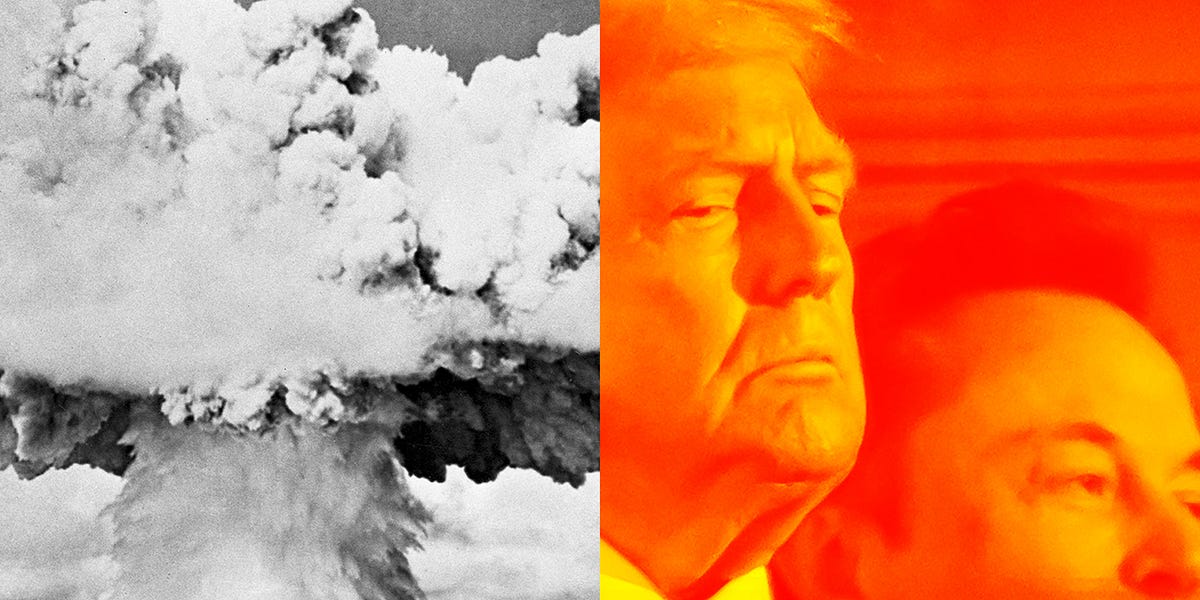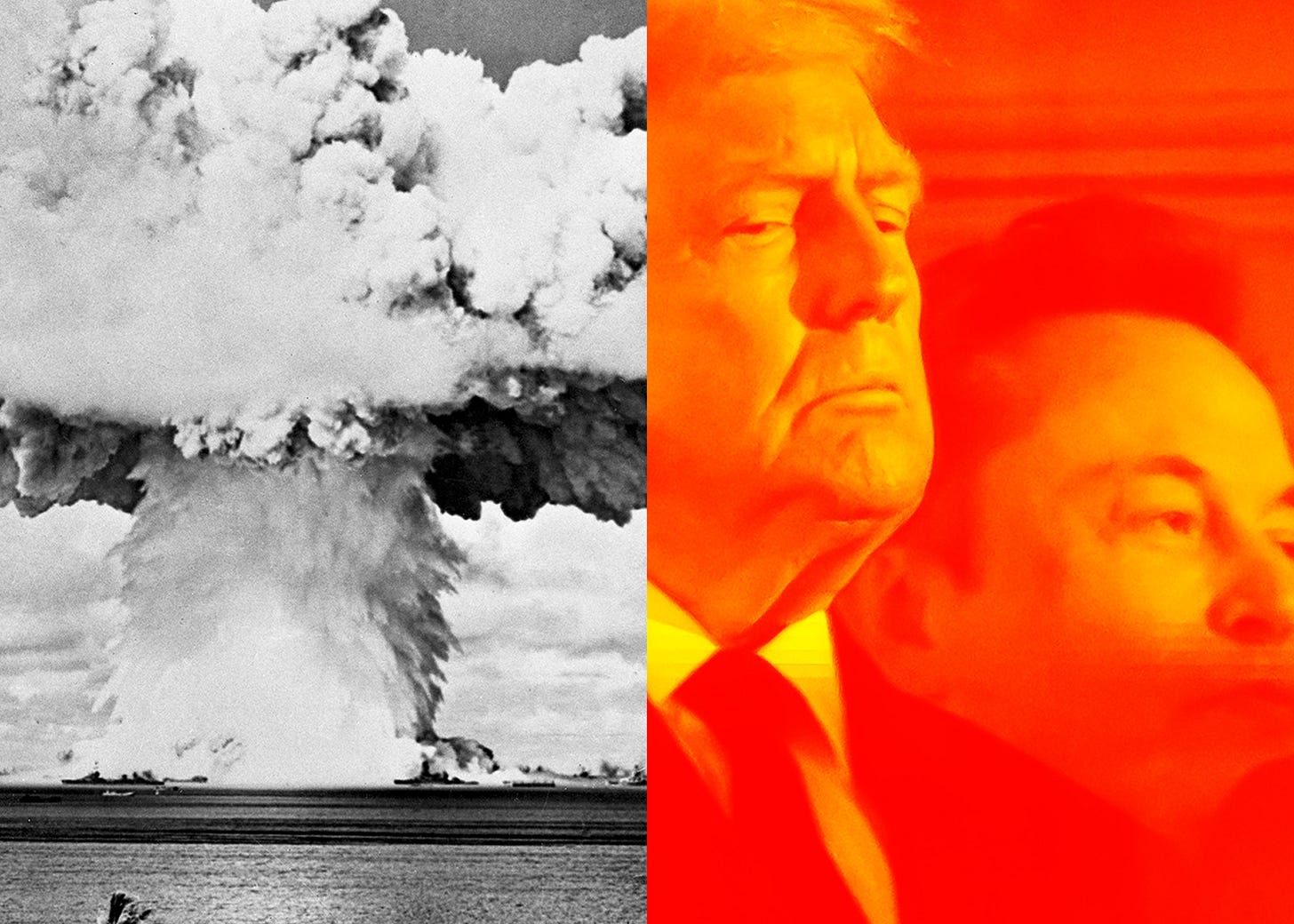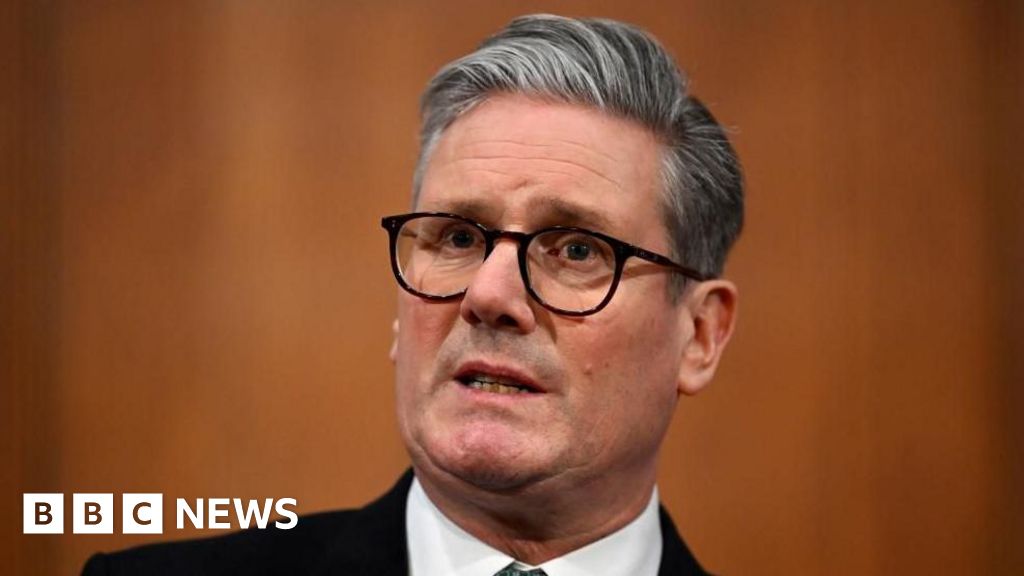

Here’s a rephrased and SEO-friendly version of the provided text:
—
While many may overlook foreign policy, recent developments warrant attention. It has become evident that the United States has shifted its stance regarding its global alliances.
The Trump administration appears to be pressuring Canada, Denmark, and NATO allies, while recently engaging in discussions with Russia, despite previously assuring security to Ukraine.
This is not indicative of America retreating into isolationism. Instead, we are aligning ourselves with Russia and China, effectively opposing nations with which we have established treaty commitments.
Today’s discussion will not delve into the moral implications of this shift but will focus on the medium-term consequences and the potential for reversibility.
Prepare yourself for the likely disappointing insights.
Why was Russia able to launch an invasion of Ukraine? The answer lies in Ukraine’s decision in 1994 to relinquish its nuclear arsenal.
Although the nuclear weapons stationed in Ukraine post-Soviet Union were controlled from Moscow, the Ukrainians could have maintained some of this arsenal to create a deterrent of their own. If North Korea could achieve this, so could Ukraine. Unfortunately, they opted to forfeit their nuclear capability in exchange for vague security promises from the United States, the United Kingdom, and Russia.
The outcome of this decision is now clear. Lacking a nuclear deterrent, no nation can claim true sovereignty; its existence is always at the mercy of its nearest nuclear-armed neighbor.
This is a fundamental truth. For decades, the United States has curbed nuclear proliferation by establishing a security umbrella for allied nations. The understanding was simple: the U.S. would maintain a substantial nuclear arsenal, allowing allied countries to assert that we would intervene as their nuclear defense if threatened.
What motivated America to adopt this strategy? Was it merely a desire for global harmony?
Not at all.









